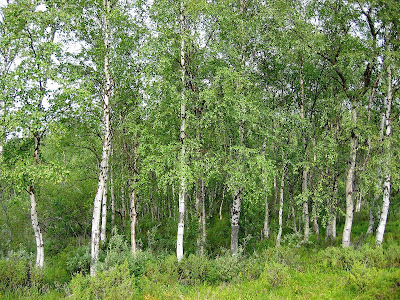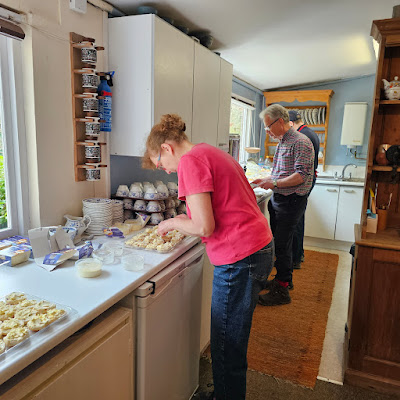The quiz had a theme of trees and shrubs. If you want to find out how you did, here are the answers to the cryptic clues.
1. Manx town first to lose street. (7, 3). Douglas Fir
2. Long John’s cane? (6, 5). Silver Birch
3. For starters, you eat what?!! That’s poisonous! (3). Yew
4. Tree found in polar chalk and limestone soils. (5). Larch
5. Like hard wood. (3). Ash
6. In the role of Mr Harman, of Grace Brothers, started owning a kitten. (7, 3). English Oak
7. This one will make hotel throw an upheaval. (8). Hawthorn
8. This one had noisy dispute and died away. (5). Rowan
9. Originally, many young Russians tried learning English. (6). Myrtle
10. I hear Mrs Blair is furious! (4, 6). Wild Cherry
11. Strangely a spire stuck in this tree. (5, 6). Sitka Spruce
12. Tiny, swallowed up in thoroughfare, with crate and bonce. (5, 8). Sweet Chestnut
13. Little holiday for daughter and crazy Emil. (5-6, 4). Small-leaved Lime
14. This tree initially has only red nuts, by early autumn mainly. (8). Hornbeam
15. Sobbing Bill: “That hurt!”. (7, 6). Weeping Willow
16. Ladies first in sacred tree. (5). Holly
17. There’s some cooked ham, look! (4, 3). Holm Oak
18. I rose in high dudgeon when confronted with this one. (5). Osier
19. I hear Hebridean island has fruit. (8). Mulberry
20. Don’t sit under here, unless I’m with you for a sing-song! (5, 4). Apple Tree
21. You don’t want to be stuck up in this one! (3, 4). Gum Tree
22. Ray comes to grief in this tree. (8). Sycamore
23. D’you pinch the girl? That’s what I heard! (7). Juniper
24. A tree with foliage to prevent embarrassment. (3). Fig
25. Little brother has honour for distinguished service. (5). Broom
26. ‘E orders glue, prepared for this shrub. (7, 4). Guelder Rose
27. British have no spine; but this one has plenty, and reportedly an unhurried fruit. (10). Blackthorn
28. Elaborate leaf dimple. (5, 5). Field Maple
29. The first-born sibling. (5). Elder
30. A ray of sunshine with all colours of light combined. (9). Whitebeam
31. Oliver’s companion, Stanley. (6). Laurel
32. You would find this one in woods that formed large parts of the National Park. (6). Medlar
33. Did Prince Charles notice this in Lady Diana Spencer? (5). Aspen
34. Not very deep, with no hotel. (6). Sallow
35. Nigel, or Nigella maybe, goes to island in the Mediterranean, I hear. (6, 7). Lawson Cypress
36. Hesitation after finding large container behind scientific test site. (8). Laburnum*
37. It’s not true a metallic element leads the spy network. (5, 6). False Acacia
38. Why Mel C? I’m confused. (4, 3). Wych Elm
39. I’m told that he is a mural obsessive! (6). Walnut
40. Raced recklessly from Beirut perhaps? (5, 2, 7). Cedar of Lebanon
41. Aircraft bound for Heathrow? (6, 5). London Plane
42. Christmas dinner on a knife-edge initially. (6,3). Turkey Oak
43. With choice of two directions a Yankee is natty. (6, 6). Norway Spruce
44. Creature whose eye is a target, with card (one of thirteen). (7). Bullace
45. Type of elected councillor, not man. (5). Alder
46. Mistiness on head of lake. (5). Hazel
47. Decomposed pin money tree. (8, 4). Monterey Pine
48. Initially, because leaves actually can kill, people often put large awnings round this tree. (5, 6). Black Poplar
49. Find this tree in which the queen bee chooses to make its nest. (5). Beech
50. From hotel, or south east Switzerland, is French crackpot. (5, 8). Horse Chestnut
*We also accepted “Viburnum”.




